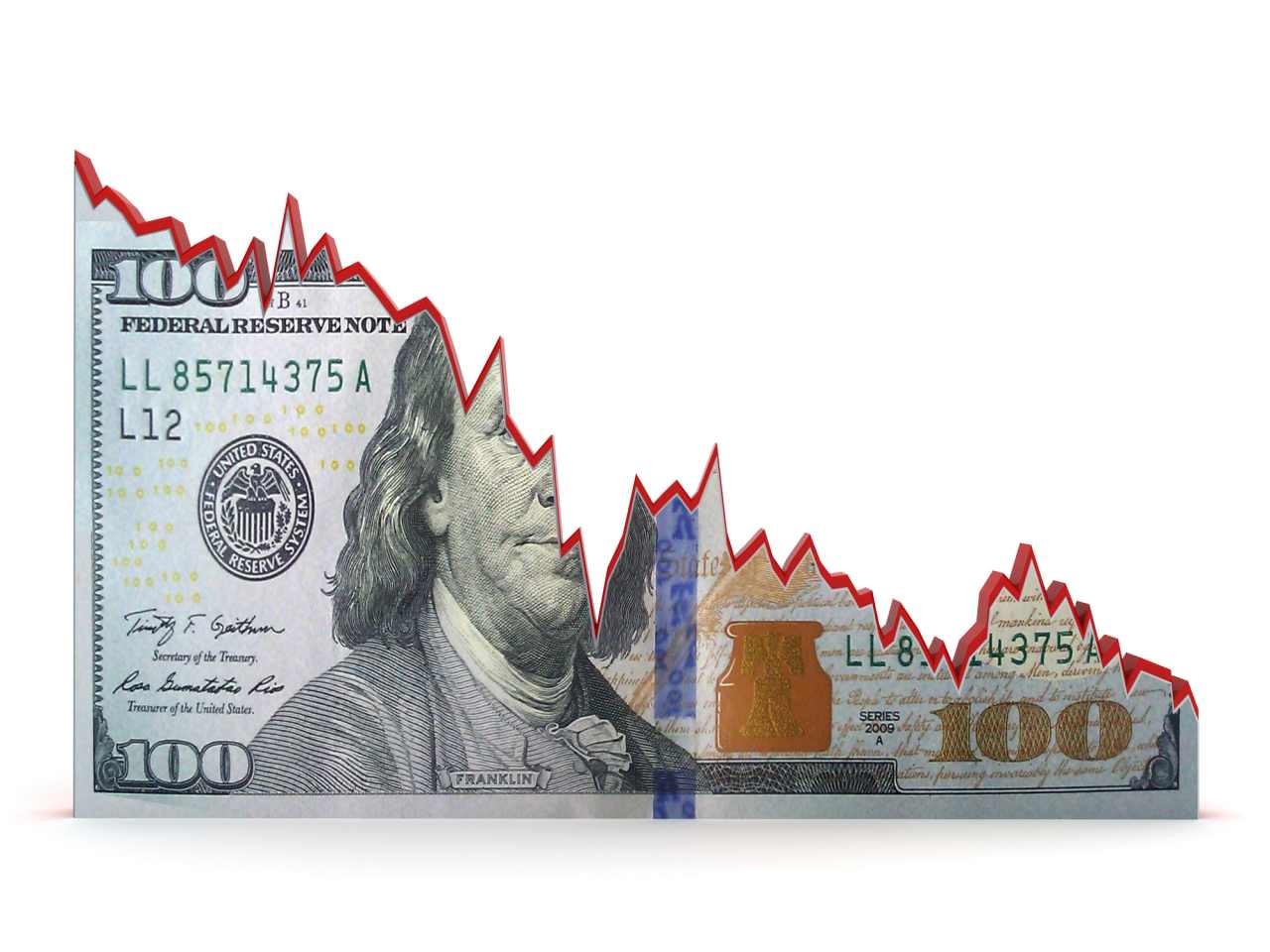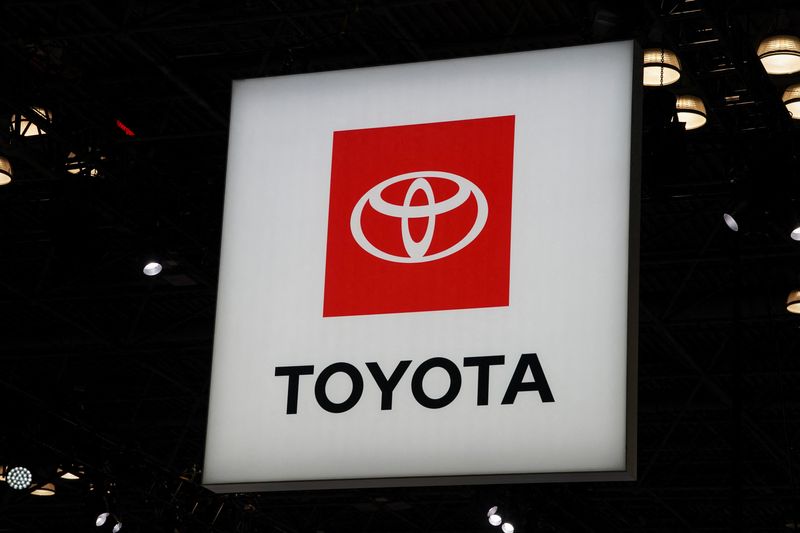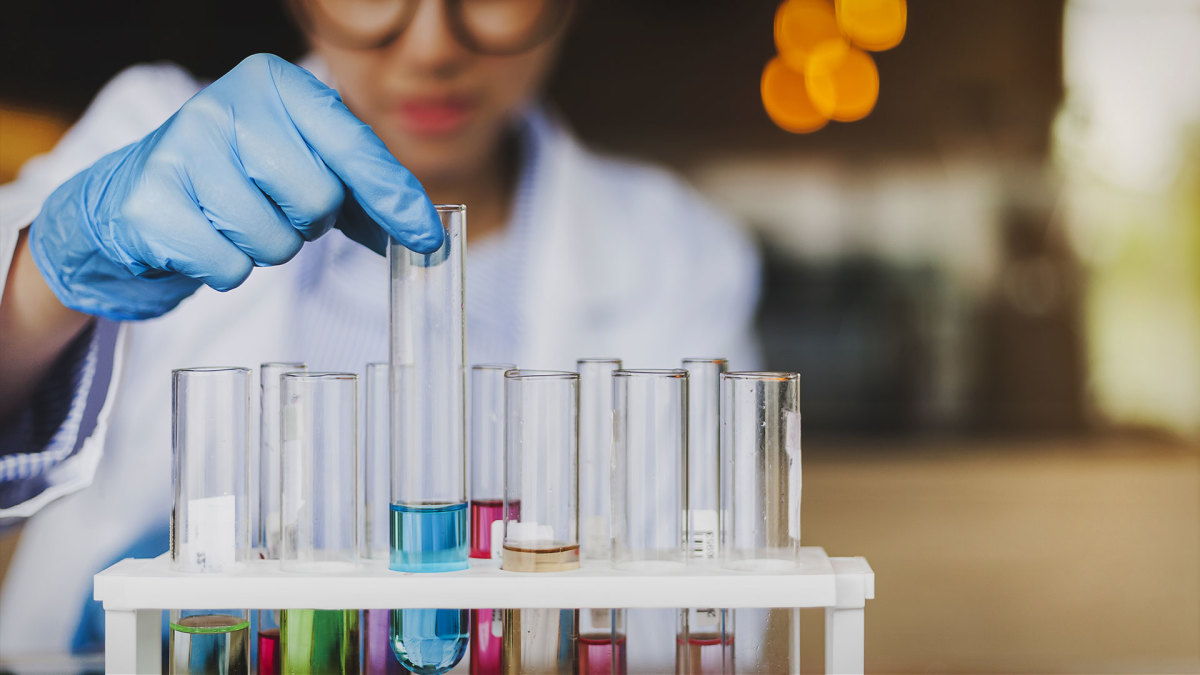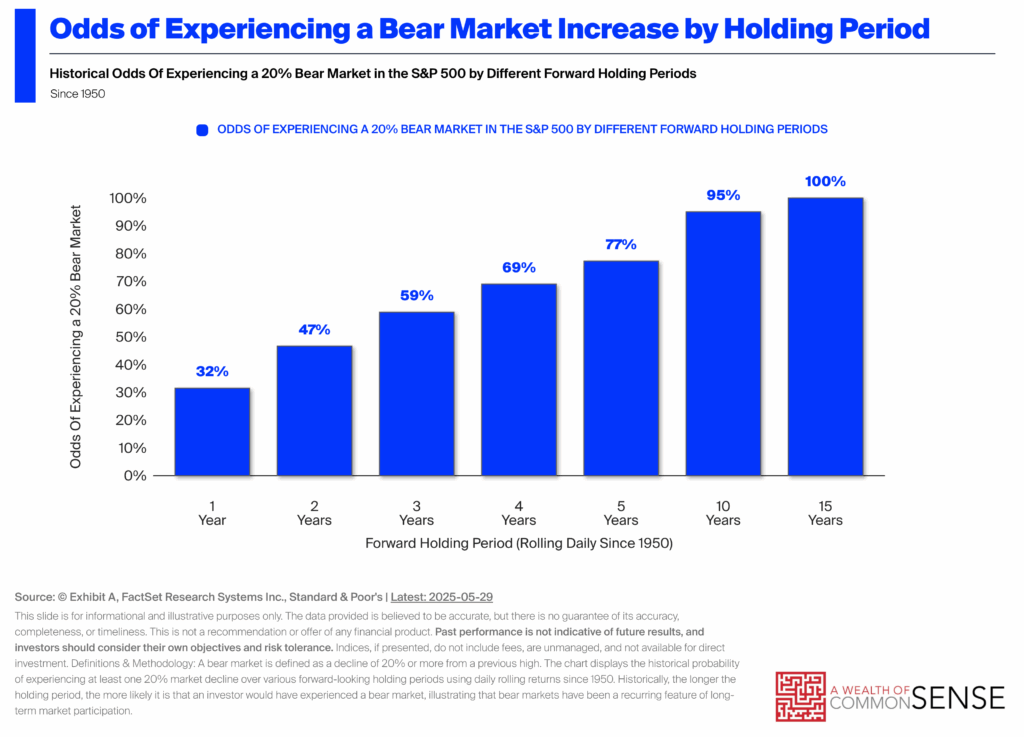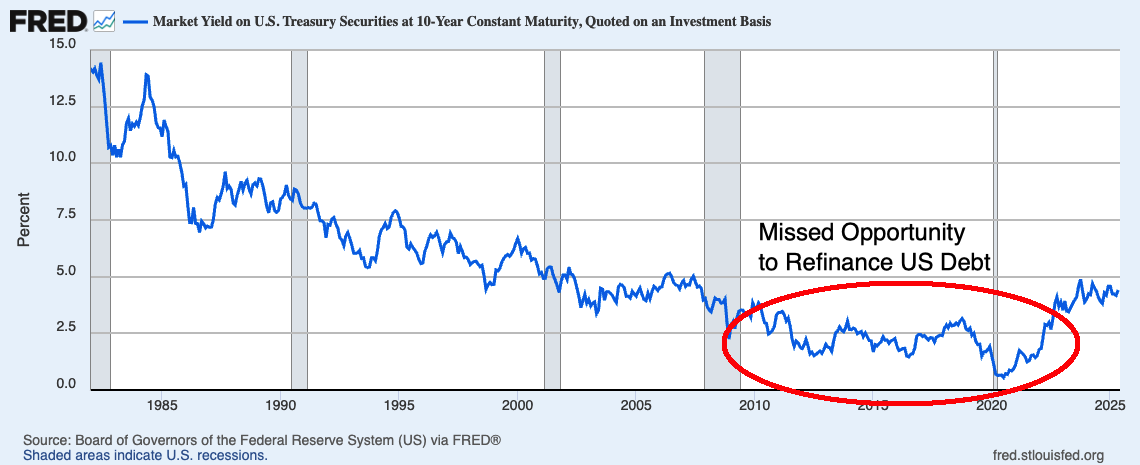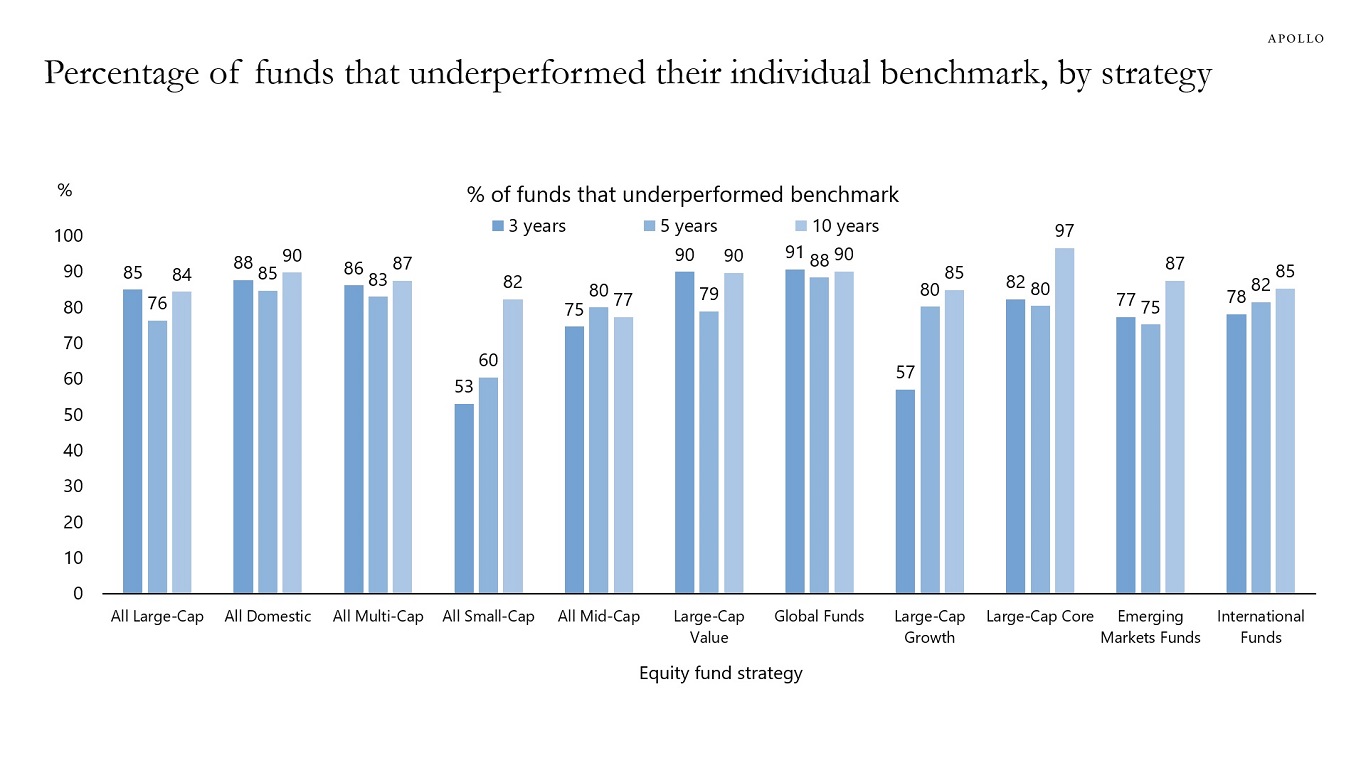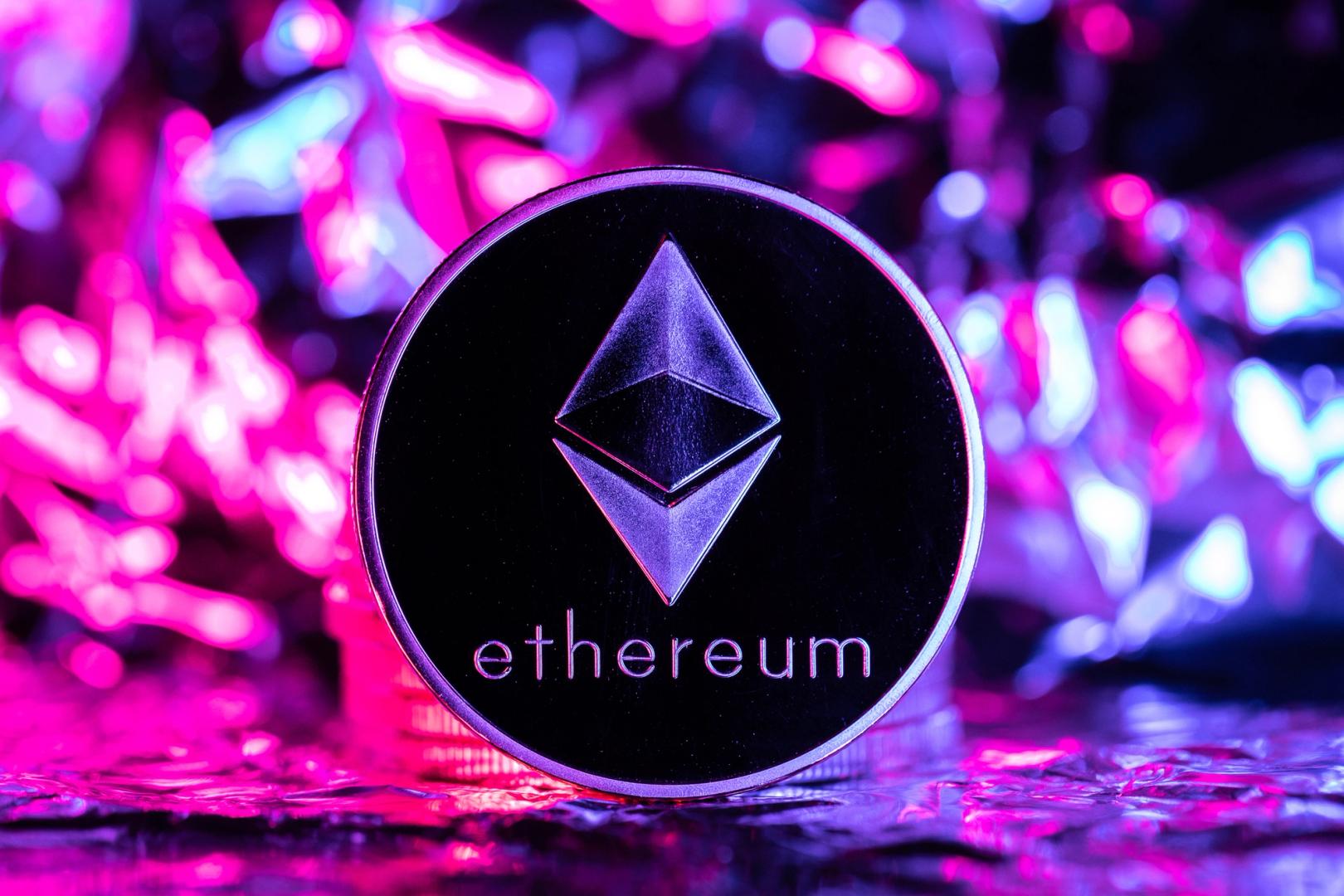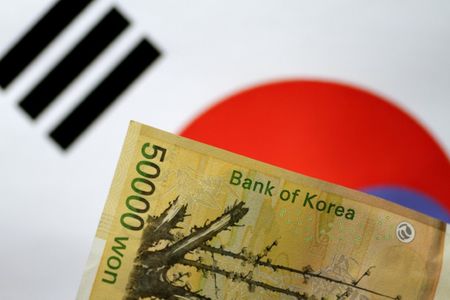Hirsutism Market Innovation: Exploring Growth Potential and Future Prospects
The global hirsutism market was valued at USD 3.09 billion in 2023 and is expected to grow at a CAGR of 7.3% during the forecast period.
The hirsutism market is witnessing significant growth owing to rising awareness about cosmetic and aesthetic treatments, increasing prevalence of hormonal disorders such as polycystic ovary syndrome (PCOS), and advancements in hair removal technologies. Hirsutism, a condition characterized by excessive hair growth in women in areas typically associated with male hair patterns, often arises from hormonal imbalances and can have a profound impact on physical appearance and psychological well-being.
An increase in the global female population suffering from endocrine disorders like PCOS, Cushing's syndrome, and congenital adrenal hyperplasia is one of the primary factors fueling the demand for hirsutism treatment options. The growing emphasis on aesthetics and the rising disposable income in emerging economies have also driven a surge in demand for medical and cosmetic solutions for hirsutism.
Treatment for hirsutism includes a combination of pharmacological therapies and cosmetic procedures. Pharmacological treatments include oral contraceptives, anti-androgens such as spironolactone, and insulin sensitizers like metformin. These medications work by targeting the underlying hormonal imbalances that contribute to abnormal hair growth. Additionally, the adoption of laser hair removal and intense pulsed light (IPL) therapy has grown significantly due to their long-lasting effects and non-invasive nature.
Technological advancements in laser devices have made procedures safer, more effective, and suitable for various skin types, contributing to increased consumer acceptance. Devices using diode lasers, Nd:YAG, and alexandrite lasers are particularly gaining traction in dermatology clinics and medical spas. These developments have expanded the accessibility and efficiency of cosmetic treatments for hirsutism, especially among individuals seeking non-hormonal solutions.
North America holds a substantial share of the global hirsutism market, driven by high awareness levels, access to advanced treatment options, and a robust aesthetic medicine infrastructure. Europe also represents a key market due to increasing healthcare expenditure and widespread availability of hormonal therapies. The Asia Pacific region is poised for the fastest growth during the forecast period, attributed to a growing middle-class population, increasing demand for aesthetic treatments, and improving healthcare access in countries such as India and China.
The market is also seeing rising interest in natural and herbal treatments for hirsutism, with products aimed at reducing hair growth using botanical extracts and essential oils. While these are not replacements for clinical treatments, they reflect a broader trend of patients seeking alternative and complementary therapies.
Despite positive trends, the market faces challenges such as social stigma, limited awareness in low-income regions, potential side effects of pharmacological treatments, and high costs associated with laser procedures. Regulatory approvals, device safety, and long-term efficacy remain key considerations for market participants aiming to ensure trust and consumer satisfaction.
Key Companies Profiled:
Ajanta Pharma
Alma Lasers Ltd.
Alpaya Dermaceuticals
Cynosure Inc.
Lumenis Inc.
Nisim Inc.
Sciton International
Koninklijke Philips N.V
Merck & Co., Inc.
Pfizer Inc.
Cutera Inc.
El.En. S.p.A.
These companies are focused on expanding their portfolios through product innovation, partnerships with dermatology clinics, and global market penetration strategies. Technological innovations, such as devices with enhanced energy efficiency and real-time skin sensors, are also enabling manufacturers to improve patient outcomes and safety.
In conclusion, the global hirsutism market is set for steady expansion, driven by increasing awareness, technological progress, and the rising prevalence of endocrine disorders. With evolving consumer preferences and growing demand for effective and aesthetically pleasing treatment options, the market is expected to offer ample growth opportunities for pharmaceutical companies, device manufacturers, and service providers over the forecast period.
Elastomer Gel In Personal Care Market
Metal Li-based Battery Casing Market
Europe Non-Automotive Rubber Transmission Belts Market
Europe Renewable Methanol Market



